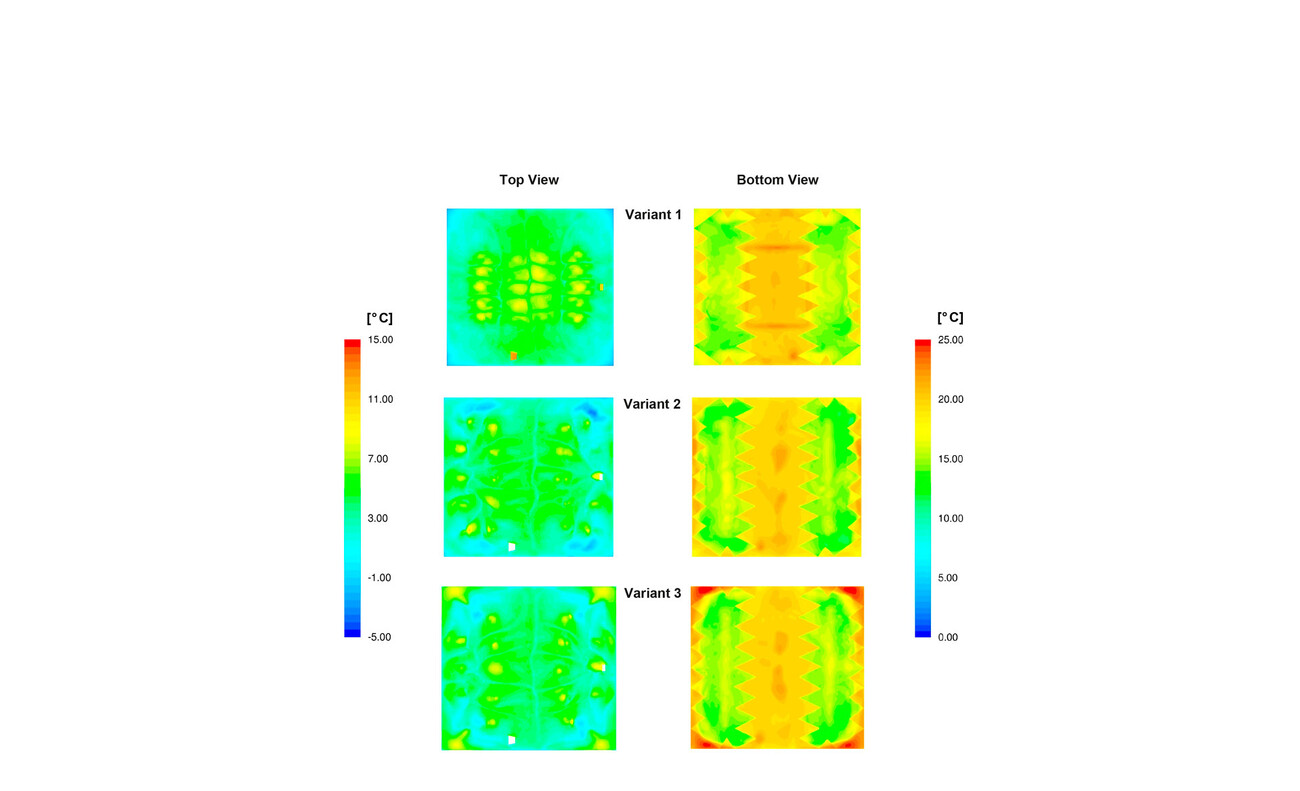Parliament West Block Renovation, Ottawa, ON, Canada


The project is part of a rehabilitation and addition to the four-story West Block, one of Canada’s parliament buildings. The West Block courtyard was enclosed with a triple-glazed roof to form the new House of Commons chamber. It consists of a four-layer roof-attic assembly designed to actively control environmental conditions, maximize thermal and visual comfort.
The unique design requirements for the House of Commons include two extremely different operating modes (house in-session and not-in-session), light and acoustic levels are dictated by television broadcast needs, security concerns, and even clothing factors of the parliament.
Transsolar took a highly integrated approach to maximize comfort while minimizing energy use and maintaining the design requirements. The Chamber comfort concept is based on thermally isolating the Chamber from the overhead roof ‘attic’ via displacement ventilation. Air is supplied low at the Chamber and gallery floor, stratifies while picking up heat from occupants and lighting and exhausts high near the ceiling. Hence, only the amount of air required to cool occupants is necessary, and the overhead Chamber space is not conditioned. The Attic operates essentially independent from the Chamber, with ventilation via outside air to cool the attic in the summer and heating to avoid condensation in the winter. The attic serves as a buffer zone which prevents most heating and cooling requirements imposed by outdoors from reaching the Chamber. To ensure no direct sun-penetration inside the chamber at any time when the house is in session and to provide maximum control over daylight, two sets of louvers - fixed running SE-NW and operable running perpendicular to the fixed louvers along the curved roof - are proposed. A closed-loop, or feedback-based, control sequence for operable louvers is used. This controller has inputs from both a time-clock-based sun tracking device and photo sensors measuring daylight levels inside the Chamber. The louvers are actively controlled to maintain the light levels within a required range.
Extensive thermal, daylighting and CFD analysis was carried out by Transsolar to validate the climate concepts under a variety of boundary conditions and sequence of operations were proposed for mechanical systems and operable louvers.





